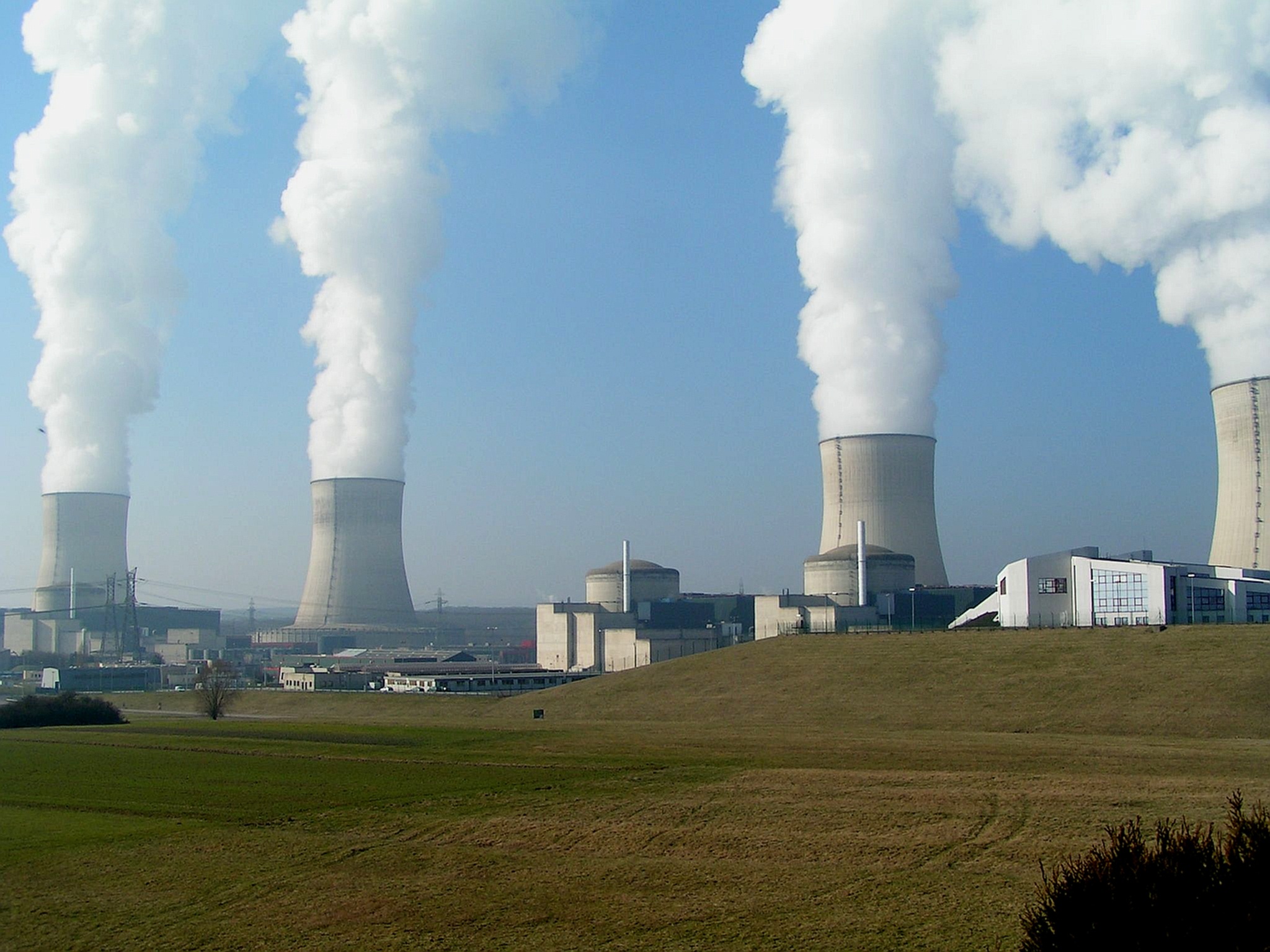The delineation between physics and chemistry often presents an epistemological conundrum, particularly within the realm of nuclear science. The question of whether nuclear energy and its associated phenomena are primarily a subject of physics or chemistry is not merely academic; it speaks to the very nature of scientific inquiry and the interconnectedness of various disciplines. This discourse aims to elucidate the complexities and interdependencies of nuclear science, prompting a re-evaluation of our conceptual frameworks.
Nuclear science fundamentally explores the properties and interactions of atomic nuclei. At first glance, one might surmise that this domain firmly resides within the purview of physics, given that it deals with fundamental particles, forces, and energy transformations. Indeed, the principles of nuclear physics—quantum mechanics, electromagnetic force, and weak and strong nuclear interactions—underscore the foundational nature of the field. The profound implications of these principles are observed in contemporary applications, from nuclear power generation to medical imaging techniques, positioning nuclear physics as a venerated discipline within the broader framework of physical sciences.
Conversely, while nuclear physics investigates the intrinsic behaviors of atomic nuclei, nuclear chemistry delves into the chemical properties and reactions of radionuclides. This specialization examines the intricate behavior of unstable isotopes and their interactions with other chemical species. The emphasis here is not merely on the nuclear aspect but also on how these reactions culminate in observable chemical phenomena, such as radiochemical processes and isotopic labeling. Thus, nuclear chemistry intertwines with radiochemistry to explore both stability and reactivity, bridging the chasm between chemistry and physics.
To appreciate the symbiosis between nuclear physics and chemistry, one must consider the scales at which these disciplines operate. Nuclear processes often catalyze transformations at the atomic and subatomic levels, leading to the release or absorption of vast quantities of energy—a hallmark of physical interactions. However, the manifestation of these nuclear transformations within chemical systems requires an understanding of molecular interactions and chemical bonding. This duality becomes particularly pertinent in nuclear medicine, where radionuclides are utilized for therapeutic and diagnostic purposes. Here, the application of nuclear chemistry is vital, as it encompasses the interactions of radioactive substances with biological systems—an interplay that clearly resides at the nexus of both physical and chemical domains.
Notably, this intersection prompts intriguing inquiries regarding the nature of radioactivity itself. The decay of radioactive isotopes epitomizes a nuclear phenomenon with profound implications in various chemical contexts. For instance, alpha and beta decay not only exemplify nuclear behavior but also lead to the formation of different chemical elements and isotopes, thereby altering the chemical landscape. Such transformations drive the evolution of complex chemical networks, rendering radioactivity a quintessential example of nuclear science’s dual affiliation.
Moreover, the historical context of nuclear research sheds light on its integrated nature. The dawn of the nuclear age was characterized by contributions from both physicists and chemists, who sought to unravel the mysteries of atomic structure and stability. The Manhattan Project, which culminated in the development of the first atomic bombs, was a collaborative effort that harnessed both physical and chemical knowledge. Subsequent advancements in nuclear technology further exemplified this interdisciplinary approach, with research facilities fostering collaboration between physicists, chemists, and engineers alike.
As we contemplate the future of nuclear science, a paradigm shift emerges, ushering in an era where the boundaries between disciplines blur. Innovative developments in nuclear fusion research illustrate the potential for a transformative shift in energy production. Fusion processes, harnessed in stars, epitomize intensive nuclear interactions, yet they also entail complex chemical dynamics when considering reaction environments, containment materials, and energy transfer systems. Such undertakings further necessitate cross-disciplinary collaboration, emphasizing the essential roles of both physicists and chemists in navigating the labyrinth of nuclear energy.
One must also consider the implications of nuclear waste management, which sits at the intersection of physics, chemistry, and environmental science. The stabilization and remediation of radioactive materials require a profound understanding of both nuclear decay processes and chemical affinity. Engineers, chemists, and physicists must unite their expertise to effectively design advanced containment strategies and remedial technologies. The multidimensional challenges posed by nuclear waste reiterate the need for a synergistic approach to science—one that recognizes the rich tapestry that connects physics and chemistry.
In conclusion, the inquiry into whether nuclear science is fundamentally a subject of physics or chemistry may ultimately yield a paradoxical answer: it is both. The intricate dance between atomic nuclei and chemical entities creates a versatile landscape rich in possibility. As our scientific pursuits evolve, so too must our perspectives—embracing a more integrative understanding of disciplines that were once perceived as disparate. Such a shift not only enhances our appreciation for the complexities inherent in nuclear science but also piques our curiosity, inviting future generations to embark on exploratory journeys across the frontier of scientific knowledge.












